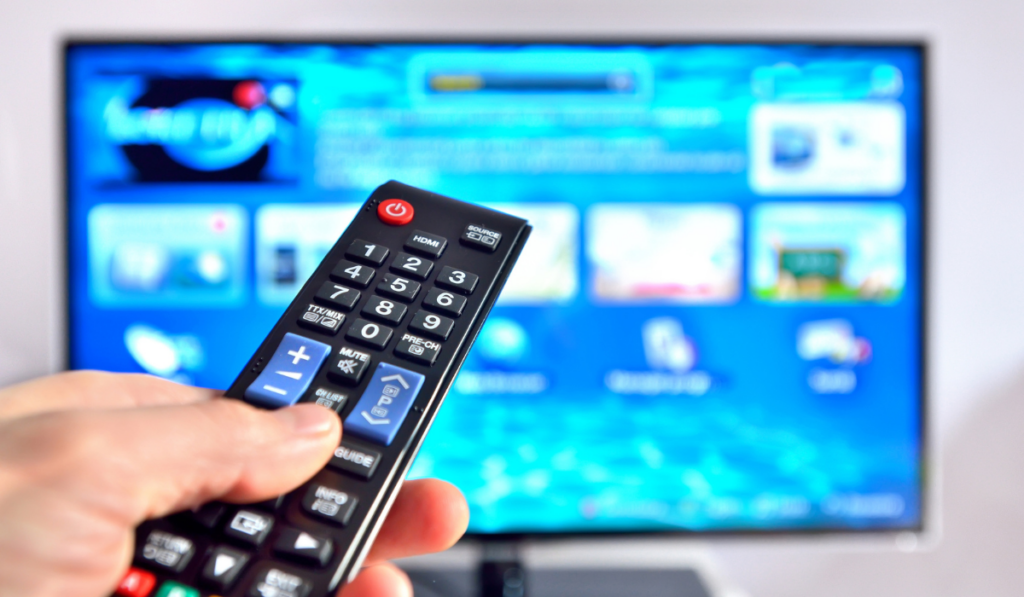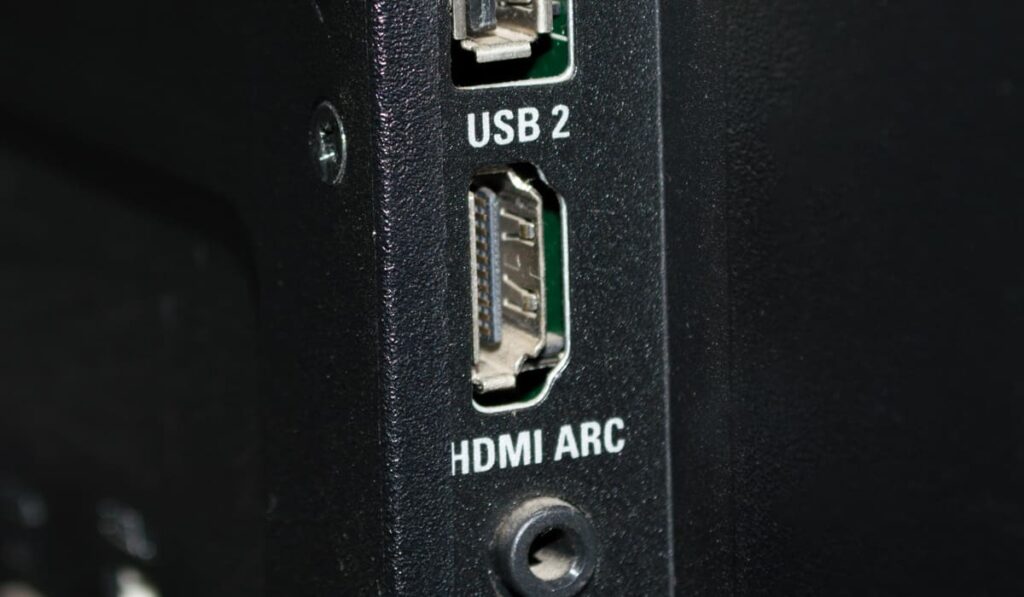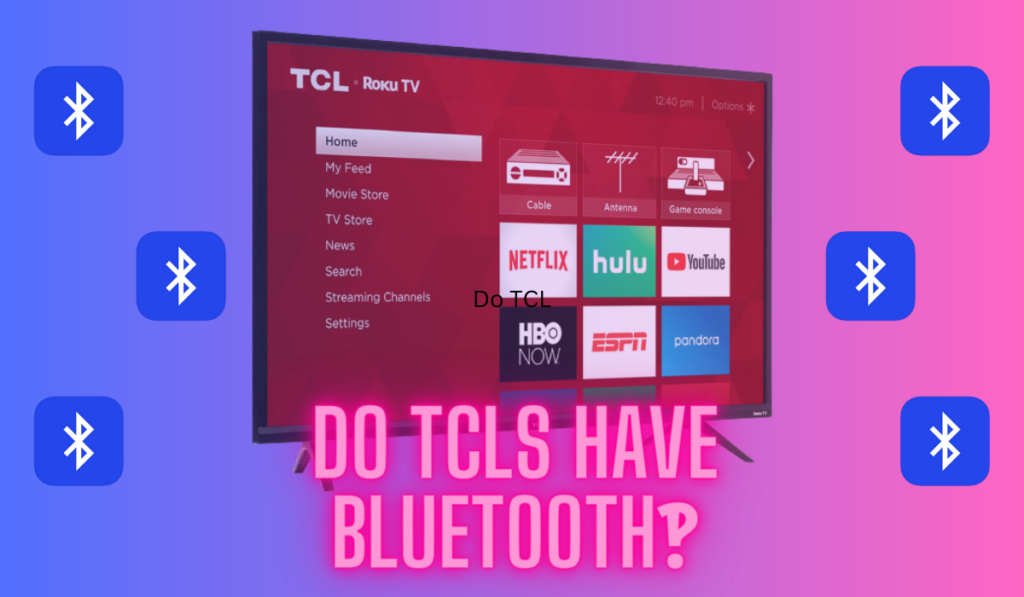When it comes to cheaper smart TVs that run on Roku OS, two brands stand out: Hisense and TCL. These two smart TVs have the same design and offer many of the same things as one another. However, in what areas do they differ, and which one is the better TV?
When deciding between Hisense and TCL smart TVs, Hisense is probably the better option. Hisense TVs are usually cheaper than their TCL counterparts and they tend to have more HDMI ports to connect devices. Additionally, TCL’s customer support seems to have a very negative reputation online.
These are the general areas where Hisense is the better option, but there are some more important things to consider. Let’s get into this topic in more detail to help settle this debate once and for all: which is the best Smart TV? Hisense or TCL?
Which Has Better Design and Display Features?

Something you may have noticed when looking into these two TV brands is that their TVs look strikingly similar to one another. You may think that this means the two TVs have the same design. However, is this the case?
Similarities Between the Brands: Resolution And Refresh Rates
When comparing the basic display features of Hisense and TCL TVs, key similarities and differences emerge. Both offer HD resolutions of 1080p on lower-tier models, with options for 4K and 8K resolutions on higher-end ones. Refresh rates typically start at 60Hz on entry-level TVs, reaching 120Hz on mid-range models, and peaking at an impressive 144Hz on 4K and 8K TVs.
Additionally, both brands provide Quantum LED technology on budget-friendly models and Mini-LED lighting on premium ones, enhancing color contrast and picture quality.
Differences Between the Brands
The one area where one brand comes out on top in design is with the ports on the TV. It seems like when a TCL and Hisense TV are the same price, the Hisense TV will have one more HDMI port than the TCL and therefore more connectivity options. For example, the Hisense 40H4F has 4 HDMI ports while the similarly priced TCL 40S325 only has 3.
While this is only one extra HDMI port, it could make the difference between you being able to connect something to your TV and not being able to without unplugging something else.
Hisense and TCL are closely matched in design, though Hisense gains a slight edge with the potential for an extra HDMI port. However, it's crucial to verify the HDMI port count before making a purchase, as this feature may vary between models and isn't guaranteed across all Hisense TVs. Also, both TCL and Hisense TVs usually do have Bluetooth.
Which TV Has Better Smart Features?

The primary appeal of TCL or Hisense TVs lies in their smart TV capabilities, enabling seamless streaming of platforms like Netflix and Hulu without additional devices like a Firestick. How do TCL and Hisense stack up against each other in terms of their smart features?
The operating system of your TV isn't determined by the brand but rather by the type of TV you choose. Both TCL and Hisense offer a range of operating systems including Roku, Google, and Android. Regardless of the operating system, Roku-enabled TVs from either brand provide access to core features like internet browsing, screen mirroring, and streaming content from various devices.
The smart OS you choose will not significantly change based on what brand of TV you use. This means that a TCL TV with Roku will work pretty much the same as a Hisense TV with Roku.
Pro Tip: You can use other streaming devices, like a Firestick or Apple TV, on your Roku TV.
Since each brand has multiple different choices for OS providers, the smart features on your TV will depend on the OS it has rather than whether it’s a Hisense or a TCL TV. Essentially, smart features are not going to determine which brand you should go with, but they might determine which OS you should pick.
Which Has Superior Audio Quality?
Even on their cheapest models, both Hisense and TCL TVs will come with a built-in pair of stereo speakers. However, does one of them have better audio quality than the other? To answer this question, we first need to discuss the speakers on each TV.
TLC
TCL TVs use speakers developed by brands like Onkyo and Dolby. This means that their TVs are likely going to have more advantages with features like Dolby Atmos, especially in their higher-end models.
Hisense
On the other side, Hisense TVs use speakers developed by brands like Dolby and Harman Kardon. This allows them to output some advanced audio features like DTS Virtual:X, which can make it seem like the sound is coming from specific directions.
Just like with TCL, higher-end features like this are much more common with their higher-end models.
Essentially, there isn't a big difference between TCL and Hisense smart TV's sound quality, though Hisense TVs generally have better sound output than TCL TVs. This may seem like it’s becoming a pattern, yet the sound quality coming from your TV depends more on what model of TV you get, rather than what brand of TV you will get.
It is worth noting that both TCL and Hisense sell external speakers built with compatibility with their respective TVs in mind. So, if you don’t like the way your TV sounds out of the box, you can always just purchase a pair of external speakers.
Which is More Budget-Friendly?
The most important determining factor for what brand of TV a person buys is the price. Simply put, people are more likely to buy the cheapest smart TV in the size they want. So, which brand is cheaper on average? To determine this, we need to compare some TV models.
Cheapest Model
TCL’s cheapest model when brand new is the 32” Full HD 3-Series TV, which will cost you around $180. On the other hand, Hisense’s cheapest model is the 32” HD Hisense 55 TV, which will cost you around $160.
These are both 32-inch HD TVs, but the Hisense model is slightly cheaper than the TCL.
4K
For 4K TVs, TCL’s cheapest model is the 43” 4-Series TV, which costs around $300. However, Hisense’s cheapest 4K model is the 43” A6 TV, which will run you about $270. Once again, Hisense is offering the same size TV with the same resolution, but for slightly cheaper.
8K
Finally, for 8K TVs, TCL offers the 75” 6-Series TV, which will cost about $2,000. To close it out, Hisense’s cheapest 8K model is the 75” U800GR, which will cost you around $1,800. Even with 8K TVs, Hisense manages to be the cheaper option.
To put this all together, in pretty much every case when TCL offers a TV, Hisense will offer the same size of TV with the same resolution quality and a slightly lower price. Essentially, if you want the same quality TV for a lower price, you likely want to go with Hisense over TCL.
If price is the most important factor to you, this may have already settled your debate. However, there are still a couple more things worth discussing.
User Experience and Reviews
When contemplating a new TV or any electronic device, you have to consider user reviews. Websites like ConsumerAffairs and Trustpilot provide platforms for customers of brands like TCL and Hisense to share their experiences and opinions about the products.
Hisense
At the time of writing, on their ConsumerAffairs page (found here), Hisense is currently sitting at a 3.8/5 with over 600 different user-submitted reviews. However, it is worth noting that of the last 30 reviews posted, 28 were 1-star reviews, 1 was a 2-star review, and 1 was a 5-star review.
5-star reviews on Hisense TVs mention a very clear and colorful picture for such an inexpensive TV, and many mention the excellent sound quality. On the other side of the fence, 1-star reviews commonly mention problems with the TV’s screen no longer working as well as fragile glass used in the TV’s screen.
TLC
TCL seems to have a much worse reputation on review websites. At the time of writing, on their Trustpilot page (found here), TCL currently has a rating of 1.3/5 with over 500 reviews. This means that 89% of all the reviews they have on that website are 1-star reviews.
One bad review mentions their screen going black after only six months of use. We've seen more of this over time (enough that we put together a specific guide on it). On the other hand, their 5-star reviews mention their TVs having fantastic picture quality with many different visual options.
Reliability
TCL and Hisense TVs generally offer decent reliability, but individual experiences may vary. Factors like build quality and customer support can influence the overall reliability of each brand's televisions.
When considering reliability, make sure you research specific models, read user reviews, and assess factors like warranty coverage to make an informed decision about which brand best suits your needs.
Brand Reputation and Customer Support
When purchasing a TV, it's crucial to consider the associated customer support quality, as these are the agents you'll rely on for warranty refunds or repairs. So, who offers better customer support: Hisense or TCL?
Hisense
Bad reviews for Hisense in most cases highlight poor customer service, with instances of delayed technician visits or prolonged refund disputes. Conversely, positive reviews frequently cite satisfactory experiences with helpful support agents offering unique solutions or free 4K upgrades for irreparable TVs.
TLC
TCL reviews commonly mention customer support experiences, ranging from technicians failing to show up for scheduled repairs to allegations of warranty non-honoring. Users report inconsistent support from Hisense, dependent on the assigned agent, while TCL's support is generally perceived as consistently lacking.
Hisense emerges as the safer choice across various categories compared to TCL, with many benefits. For further insights, keep in mind that we also have guides comparing Hisense to Onn TVs and TCL to Onn TVs to find the best option for your needs!
Once you make a decision, be sure to skim through our articles on TCL and Hisense universal remote codes.





